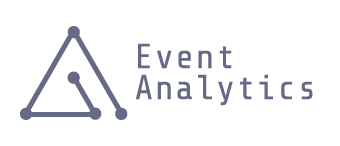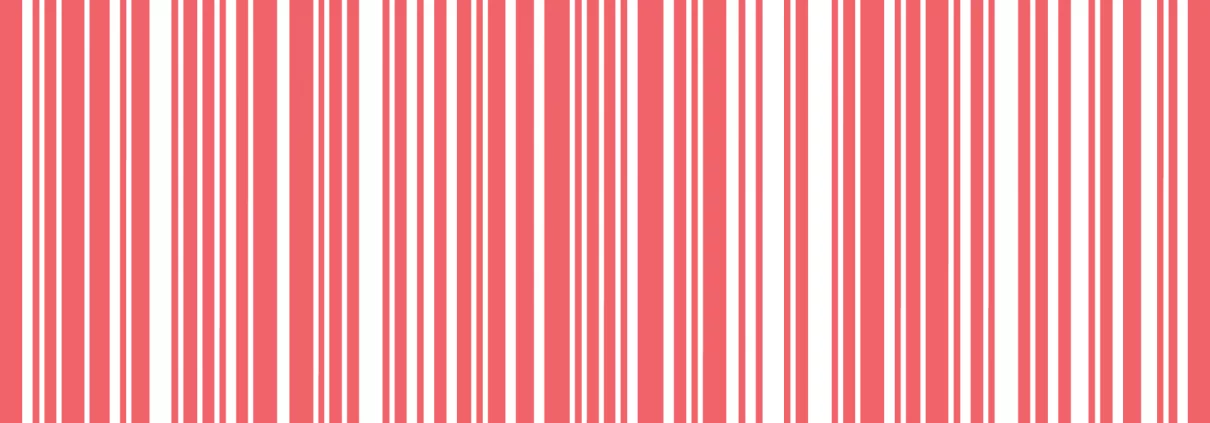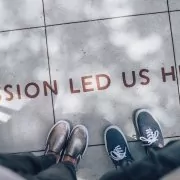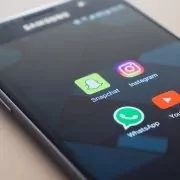Don’t use lead scanners to count visitors
Using digital badge scanners (or lead scanners) to count visitors is a very bad idea. In fact, it should be banned.
Introduced progressively throughout the past decade, scanners using NFC, QRCode or RFID technology are now part of the event manager’s toolkit – it happened by will or even sometimes by force. While the solution in itself is an immense progress from the clunky days of manual business card information retrieval, this new habit of “scanning” visitors generically rather than qualified leads only has spread like wildfire. Destroying the usefulness of using such tool completely.
The result? Many sales reps on shows are going back to business cards. A retro move? No, each card means something, each person is a qualified lead. And so lead scanners are now glorified people counters.
Hello, can I scan you?
You know that something is terribly wrong when the question “Hello can I scan you?” is the default opener of your booth staff. We’ve all see it. It’s agressive, intrusive and eliminates all the good your marketing dollars have been working for to attract visitors.
Here is an example of a conversation we had recently at NAB in Las Vegas:
Staff: Hello, can I scan you?
Visitor: Sure (just being polite)
20 seconds later….
Staff 2: Hello have you been scanned yet?
Visitor: Em, your colleague already did, thanks. (obviously irritated, not even trying to hide it)
Staff 2: Oh that’s ok, let’s do it again so we make sure we’ve got you.
…
Using lead scanners to count people is a recipe for making a bad impression. Every show visitor we’ve asked said the same thing. They’d rather not have a badge at all with some even walking the floor with their badge hidden in their bag. A definitive sign that means “don’t even ask me”.
Using lead scanners to build lists of visitors
For years, lead counts have been the go to ROI metrics for B2B shows (when not sales – a debate for another time). Event managers, event staff and sales at the show would report-in the count of collected business cards from prospect visitors, future clients and existing customers who may have chosen to exchange business cards over a chat at the booth.
While not being a definitive ROI figure for a whole booth, the counting of established contacts and business leads makes sense. It’s not perfect, but gives a good picture of the business activity that took place at a show.
With electronic scanners, the advent of email marketing and the race for always higher numbers – quantity over quality – counting leads with business cards has become pray to its own success. Event managers use scanners to count people, and marketeers use them to build lists.
At the end of the day, these poorly curated lists are absolutely useless for most sales who don’t know who the thousands of visitors in the list are, what they are looking for, nor how they can even help them?
You might as well go back to the days of cold calling customers. Why meeting in person then?
Better ways to map you visitors journey
We recently also saw event managers using lead scanners as location tracking solutions. Pushing visitors through an invasive scanning protocol at each demo station, with in hope, enough data to import it all in an excel file and map out where people have been scanned.
Where people have been scanned – not where they engaged or spent time!
And this is where we can help. We map out the journey of visitors at our clients booths and events on a daily basis. We precisely measure attendance and engagement at multiple point of interest. And we are doing it with technology in a non-intrusive, fully automated and privacy conscious way.
Doubling benefits for our clients, our solution fully preserves lead lists build through scanners from including random unqualified visitors. Thus providing event managers (the I on ROI) and sales (the R in ROI) with critical data they need to make shows better and drive more sales for their business.
It always starts with the customer first. Data only has value if it has meaning. Less is more.

 Event Analytics
Event Analytics Ian Schneider
Ian Schneider Perry Grone
Perry Grone jose-carbajal
jose-carbajal Louis Reed
Louis Reed christian wiediger
christian wiediger Kirk Morales
Kirk Morales jose-carbajal
jose-carbajal Kirk Morales
Kirk Morales